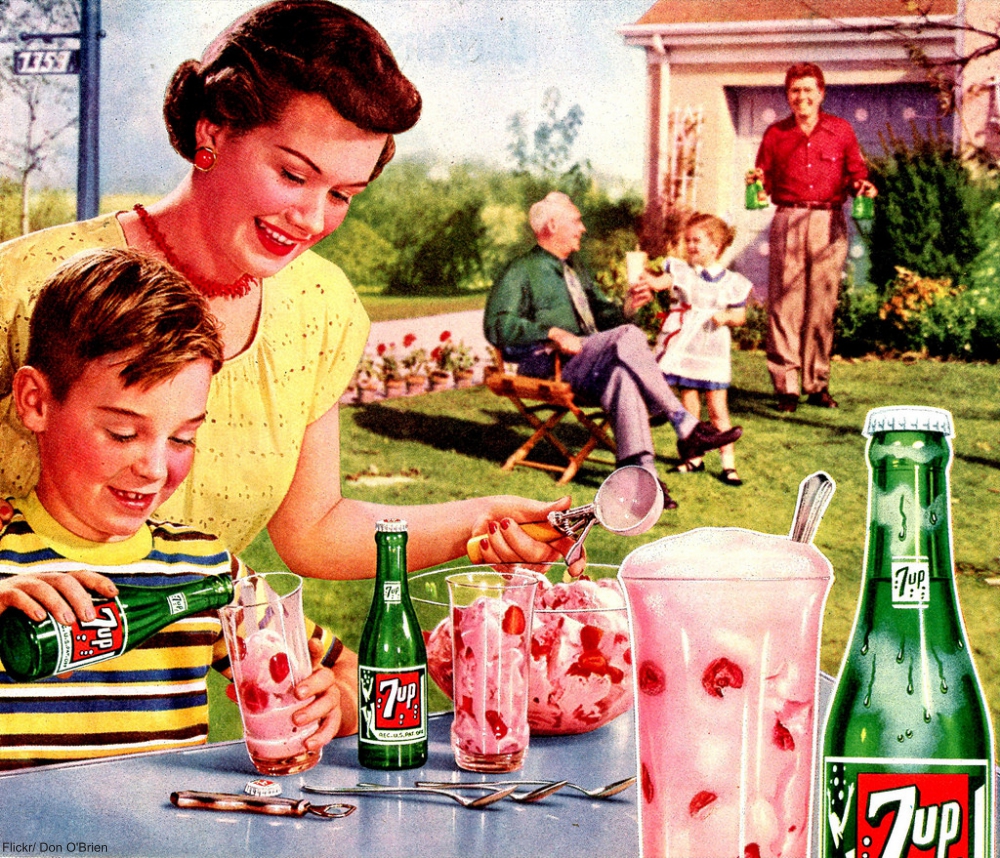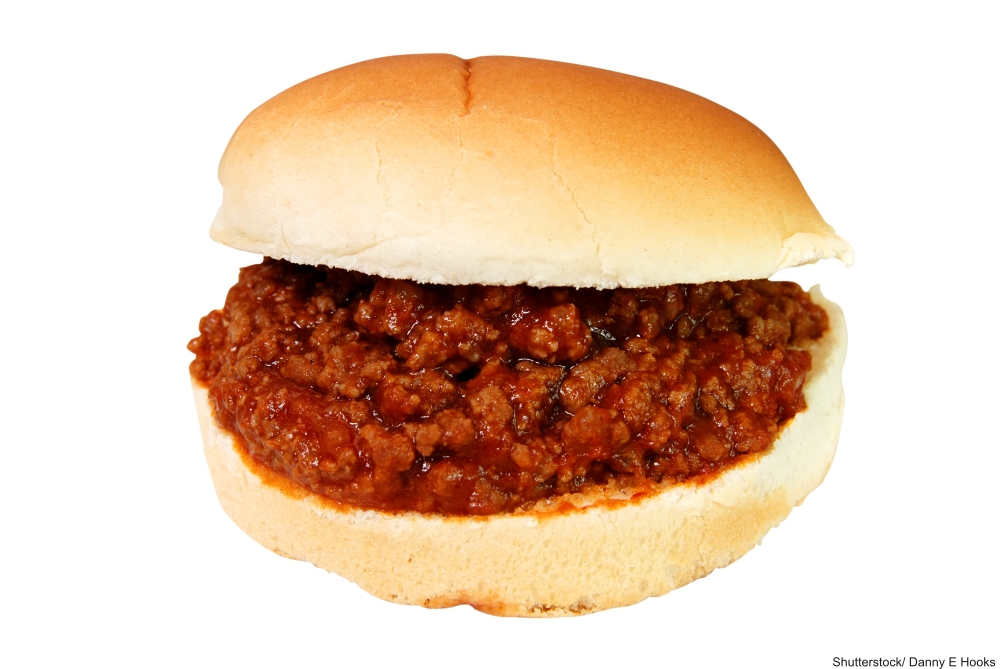7 Products That Didn’t Start Out The Way You Might’ve Thought!
Take a look at some truly ambitious rebranding tales (some of which actually worked!).
3) Careful with That Drink

One of our favorites growing up was given to us kids on hot summer days, but also was the panacea if we were sick (to “settle” the stomach, Mom said). 7 UP was such a light drink compared to heavy punches and was a good mixer with almost anything. The current name has been the key to many a successful advertisement for the drink. But, this bubbly drink started out with a not-so-bubbly name: Bib-label Lithiated. Say that three times fast! The bib part comes from the method of labeling and the lithiated part comes from, well, lithium. Lithium salts may have helped the carbonation process. By 1948 additives like lithium were banned from food and drink.
2) Tex Mex Sandwich

Long ago, when the fast food chain was still very young, you could get a sandwich at Taco Bell. If you loved this one, then you might have wished it would come back. In competition with McDonald’s, the Bell Burger chain was in trouble. Focusing on Tex Mex instead, founder Glenn Bell, created Taco Bell in 1962. On offer at the time was the Bell Beefer, which was like a sloppy joe-type sandwich with some nacho toppings (sour cream, diced tomatoes, etc). It’s hard to even think of a sandwich at the fast food chain now! This sandwich lost popularity in the 1980s and was subsequently pulled from Taco Bell menus.
1) Don’t Get the Two Confused

Oleo or oleomargarine used to be the name for what we casually call margarine today. Taken from the original name of acide margarique, this revolutionary product has been causing controversy for years. Debates on whether this butter-substitute is a healthful or even acceptable food have raged on for literally decades. In order to avoid any confusion at the grocer’s, early dairy lobbyists pushed for legislation that forced margarine to be sold in its un-tinted form (white looked like white vegetable shortening). Which meant that all margarine had to be colored at home with the included packets or pearls of food coloring. Margarine particularly gained favor during times of hunger and shortage due to its lower price tag and helped earn this spread a place in American cuisine despite the initial hassle of mixing the color in.
You never know what kind of a past your products have been though. It’s hard to imagine that some of these snacks ever became popular with their wacky flavors and hard-to-pronounce names. You might even have lived through a few of these strange transformations.
Ever wonder where some of idioms and phrases come from? Read about it here»
SKM: below-content placeholderWhizzco for DOT

